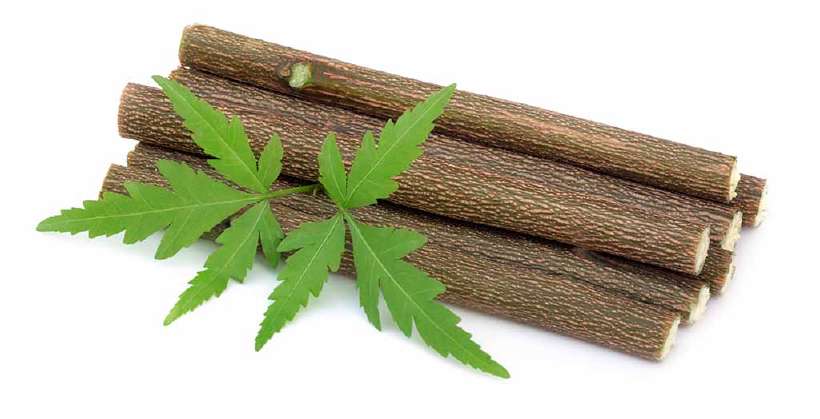What Toothpaste did the Ancients Use?
Home / Science for Kids / 5Ws & H For Kids / What Toothpaste did the Ancients Use?
One of my earliest childhood memories of Delhi is seeing morning walkers, milkmen, or shopkeepers chewing away at the neem stick, much like a cow chewing the cud. It seemed strange that they should go to all that effort when readymade toothpaste was available.

The world was divided into four kinds of people: those who used toothpaste and brush, and they were the elite; those who used tooth powder for which the index finger doubled as the brush; people who used indigenous “monkey-brand” tooth powders and lastly, those who used neem sticks which were two-in-one.
![What Toothpaste did the Ancients Use? [Illustration by Anup Singh]](/media/5wh-60_1_hu4df42e718a7117c74fae514de15c3ae3_4112_820x0_resize_q60_box.gif)
The last seemed the least sophisticated, even if it was the most effective, for Indians have been chewing on the neem stick for a couple of thousand years.
Almost 5000 years ago, the ancient Egyptians had devised their formula for cleaning the teeth. It consisted of a mixture of powdered ashes of oxen hooves, pumice and a powdery mix of burnt eggshells. They probably used their fingers as toothbrushes.
Around 2,500 years ago, it was the turn of the Chinese to talk about dental care, for tooth decay was as much a reality then as it is now and perhaps it was as necessary to smile and look good then as it is now.
Persian manuscripts about a 1000 years ago, revealed a healthy level of awareness about the need to keep away from rough toothpowders. Some of the ingredients included animal parts dried and ground, herbs and minerals. These kept getting altered.
For instance, about a couple of centuries ago, in England, chemists made very rough powders often using material harmful to the teeth such as earthenware and china. To make it taste good they mixed it with glycerine. For the foaming effect, they used borax powder.
As recently as 140 years ago, little glass pots made an appearance in Britain in which the paste was packaged. It had a more solid look than the powdery mixtures of before.
And one of the popular brands had a reference to the areca nut, popular in India! Flavouring was the name of the game, then and now, though now it is mint that rules the roost.
In the 19th century, the toothpaste in a tube made its appearance as we know it today. And no prizes for guessing who manufactured it – you guessed it! The American company Colgate, was one of the first to squeeze dental creams out of the tube. Till 60 years ago, soap was an important ingredient of the paste, later replaced by other emulsifying agents.
And of course everyone knows about the addition of fluoride to toothpaste that protects the tooth enamel against decay!
But when did the toothbrush first appear on the scene? As is the case with so many ingenious ideas and inventions, the Chinese probably invented the toothbrush in its modern-day form about 500 years ago, by fixing animal bristles on a handle.
Almost 200 years later, the toothbrush showed its bristles in Paris and a little while later, in England as well. The first ancestor of the nylon toothbrush, the one we use twice a day today, made its appearance in 1938, brought out by the American company Du Pont.
And now? Choosing between a red, blue or striped toothpaste and a matching toothbrush seems to have become one of the most difficult decisions of our lives – fluoride or no fluoride.
589 words |
5 minutes
Readability:
Grade 8 (13-14 year old children)
Based on Flesch–Kincaid readability scores
Filed under: 5ws and h
Tags: #india, #chinese, #teeth
You may also be interested in these:
Dalai Lama
Say Cheese!
Truant Teachers
Where did Coffee Originate?
Teachers' Day